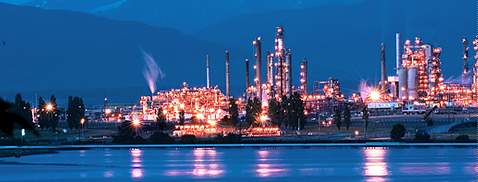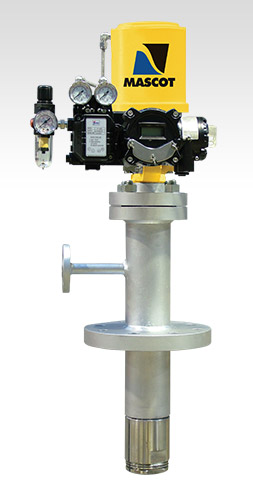
Steam Desuperheating
A plant generates steam for a range of purposes, be that for heating and process operations or for generating power, or in some cases for both. Steam properties though need to be different for power generation as opposed to steam properties used for process applications. Steam for power generation is typically in a superheated condition, whereas steam used in process applications is typically saturated steam. In the case where the steam is being used for both applications, power is likely to win out and hence the steam is more likely to be created in a superheated condition, and then desuperheated to its saturated condition for use as process steam.
Desuperheating steam is the resultant of water coming into contact with steam in a controlled manner, causing the water to evaporate. In essence to reduce the temperature of the steam to a desired set-point as quickly as possible while avoiding damage to process equipment and piping in an efficient manner to minimise use of process water.
Factors influencing the efficiency of Desuperheating include:
1. Pressure Differential between Steam and Water:
Water being injected into a steam flow needs to be at a higher pressure than that of the steam flow. The higher the pressure differential (within reason) the greater the effect of atomization, hence smaller water particles will be formed, and smaller water particles evaporate more efficiently.
2. Velocity Differential between Steam & Water:
A critical aspect of water vaporization is velocity differential between the steam and the water being injected into the path of the steam. Higher velocity differentials ensure water particles tear apart and hence atomise more effectively. Care must be taken not to exceed maximum recommended piping velocities for steam (40 ~ 50 metres / second)
3. Temperature differential between Steam & Water.
The differential between steam temperature and the injecting water temperature should also be kept to a minimum. Water near the saturation point takes very little heat to convert to steam with beneficial effects. It does require higher amounts of water, but these higher amounts of water are in effect turned into useful steam and hence improves the overall efficiency of the desuperheater.
4. Turbulence:
Turbulence also plays a beneficial role in mixing steam and water, hence desuperheater with designs that promote turbulent mixing should also be considered.
Types of Desuperheater
Two types of desuperheater are available from Mascot. These include a Fixed Orifice Mechanical Spray type desuperheater, and a Variable Nozzle Spray desuperheater.
The fixed orifice mechanical spray relies upon pressure drop across the spray nozzle to achieve the required atomisation. In this arrangement a separate control valve is used to control the amount of Spraywater fed into the steam flow.
A variable nozzle spray desuperheater provides an economical solution by combining Spraywater function and Water control into one unit. The variable spray nozzle utilises constant water pressure to create a fine conical spray which is injected into the steam flow.
Mascot has provided steam desuperheating solutions for over 30 years. Our extensive knowledge and experience of steam and in particular desuperheating applications allows Mascot Engineers to select the correct desuperheater for these demanding applications. With a focus on maximising Customer’s production and reducing overall plant operating costs, the design of Mascot control valves provides the lowest MTBPM against of our major competitors and hence are ideally suited to the steam processing industry.


